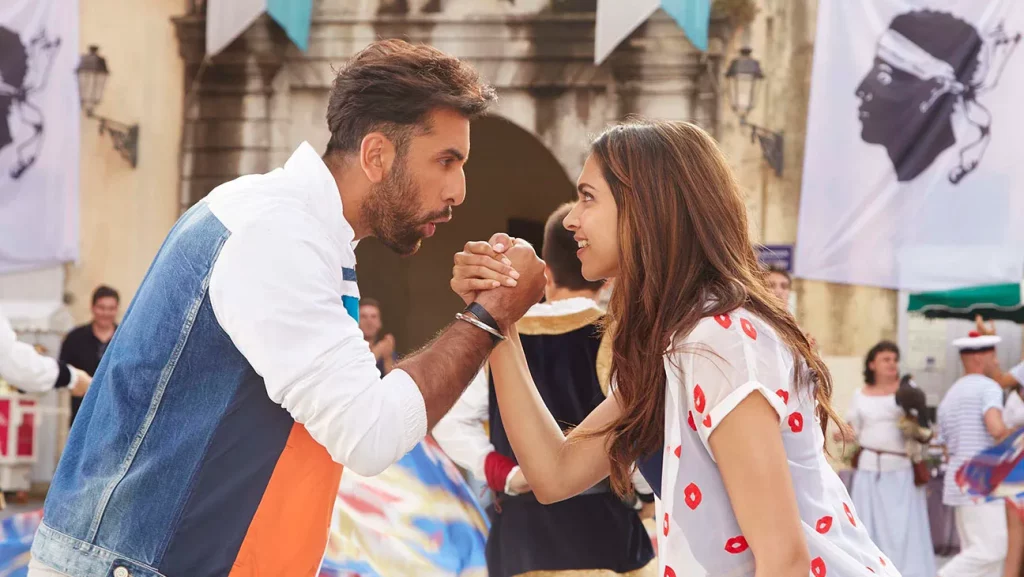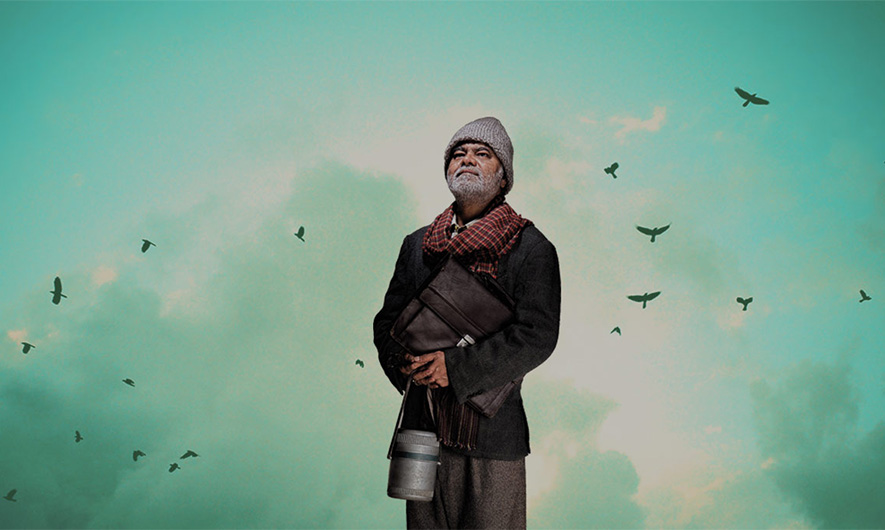It has been nearly 10 years since Tamasha was released. Over the years, I’ve watched this film at different stages of life, and each time, it feels like a new movie. I often wonder: did Imtiaz Ali and the team truly intend to layer it so deeply? Or is it just that I see it through different eyes every time?
At the surface, Tamasha is the love story of Ved and Tara. But the character of Ved isn’t just an introverted man with father issues. He’s all of us. He represents the parts of us that comply, conform, and compromise — all under invisible pressures. It’s not just about career; it’s about everything we do or don’t do because we’re trying to fit in. At its heart, Tamasha is about shedding that skin and being free.
In the beginning, Ved is outside the web of social conditioning. He’s playful, random, alive — and that’s when Tara meets him. She sees a man who is unfiltered, unpredictable, and unburdened. He’s not trying to impress or charm her. He’s just present, being himself. That honesty, that energy of someone unbound, is magnetic. Tara doesn’t feel ‘special’ in his presence — she feels normal. And that’s what makes it so special.
Many viewers often ask: Why would Tara look for Ved again after all those years? After all, it was just a fleeting moment. She didn’t even know his real name. Why wait? Why hang around in bars hoping to run into him?
Because it wasn’t about the man. It was about the energy she experienced. It was rare. Maybe she had never felt something like that before — a soul so free it made her want to be free too. She wanted to be in touch with that. And when she finds Ved again, it’s heartbreaking — because that energy is gone.
She tries to revive it. She reminds him of who he was, of what she saw. “This isn’t you,” she says. But Ved, by now, is a robot — repeating routines, living out expectations. Yet, her words hit something deep. For the first time, he feels seen. Something buried within him stirs. Maybe for the first time since childhood, someone sees the real him. And with that comes love — not just romantic love, but a deep recognition. A feeling of being held.
But Ved isn’t ready. His outbursts aren’t aimed at Tara — they’re against his past, his inner wounds, his conditioned self. And so, he pushes her away. Not because he doesn’t love her, but because he feels undeserving.
Still, something changes. Even after Tara leaves, Ved can’t go back to who he was. The spark has been lit. He begins to rebel. He loses his job. He’s angry, confused, and breaking down. To the outside world, he seems mad. But maybe madness is the only way out of societal hypnosis.
When Ved finally visits the storyteller — that symbolic moment — he’s not seeking answers. Deep down, he already knows. But sometimes, we just need someone to say it aloud. We need to hear it from another voice, to permit us to become ourselves.
And he does. He tells his own story. He reclaims it. In front of his family, he shines, full of fire and truth. His father, who had only ever wanted his son to be happy (albeit in misguided ways), finally sees that happiness. And he breaks down.
Ved meets Tara again. Says sorry. And something beautiful happens — a union not of two lovers, but of two free beings. Sometimes, what you truly seek in life draws you in ways you can’t explain.
For me, Tamasha was never just about jobs or dreams. It’s about unlearning. It’s about cracking the shell. It’s about the sacred act of remembering who you are before the world edits your story.
Ved and Tara don’t complete each other. They liberate each other. They give without needing to take. They remain two whole people, yet dance together like freedom and joy.
In the final moments, when Ved says “Thank you” and bows down, it’s not just gratitude. It’s reverence. He is in the presence of truth. And when we witness truth, we bow — instinctively.
Tara, meanwhile, is smiling. Blissful. She has found what she was seeking. She’s not just with Ved — she’s with herself. Her smile is the smile of someone who has touched the divine. And the Tamasha ends.
But the paradox is this: what we see on screen feels like reality. And what we live in our daily lives — that’s the real Tamasha.



